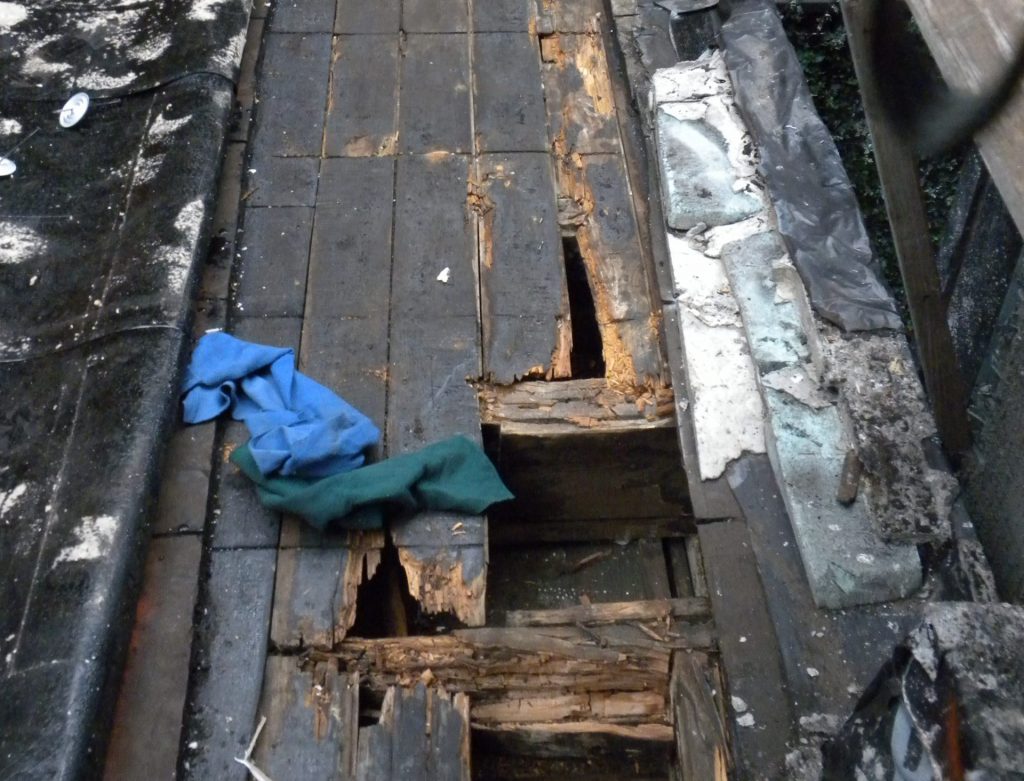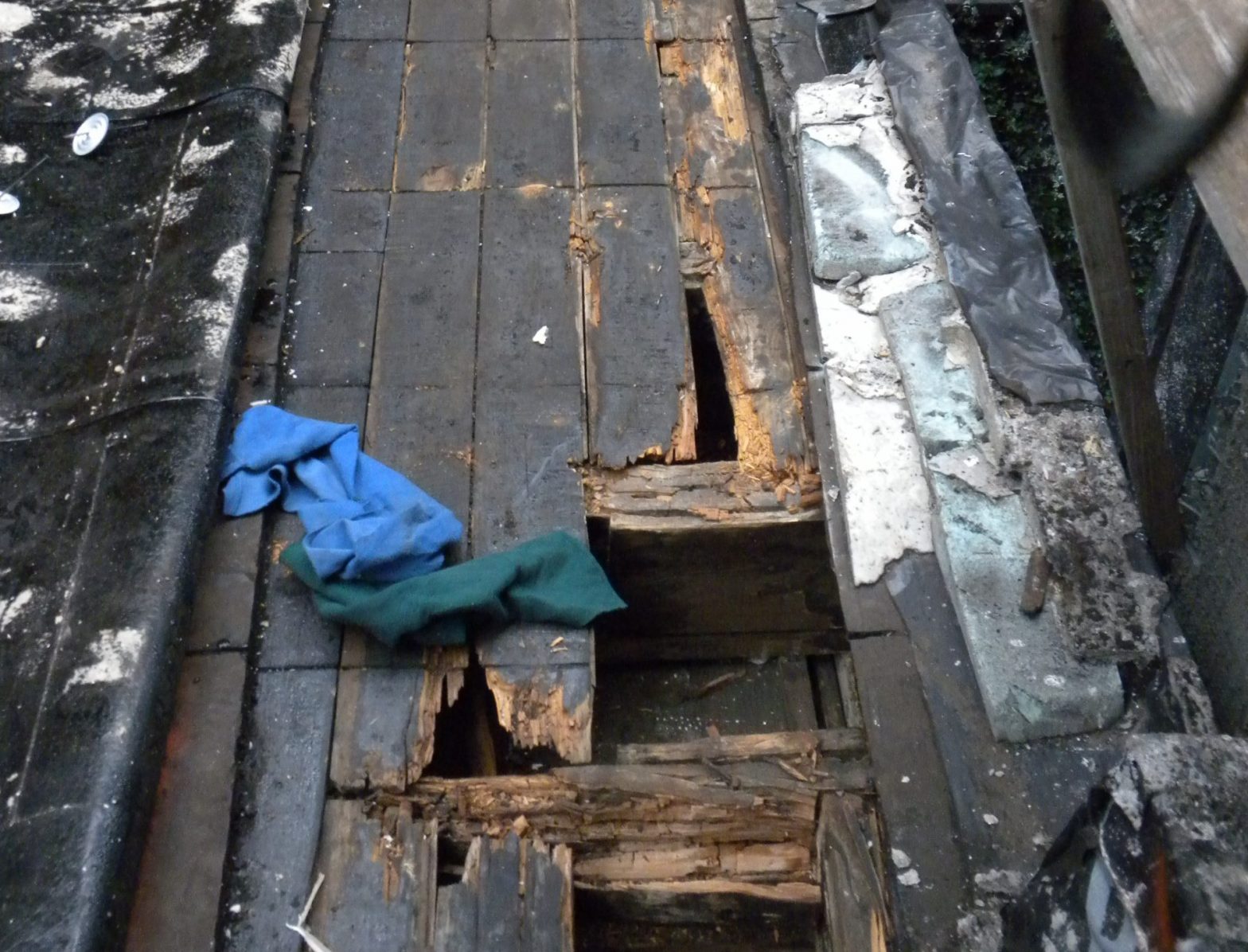 Engineers and architects are sometimes asked by their clients if a conservative approach to design can be taken to reduce or eliminate the cost of professional services, especially the costs of specialists, advanced analysis and design methods, and explorations of existing structures and subsurface conditions. Ideally, the prime design professional, whether an architect, civil engineer or structural engineer, should understand what services add value to the project. Indeed sometimes the project is best served by making conservative assumptions or design decisions. For example, for wood-frame single-family dwellings and other light structures, it is often appropriate to design shallow foundations based on a minimal investigation and presumptive bearing capacity values in the code. Likewise, for relatively limited structural alterations, the impact of encountering unexpected conditions may not be enough to justify pre-construction exploratory demolition. In both cases, the incremental cost of investigation would not be expected to produce a commensurate benefit to the project and would represent a poor return on investment. The same logic applies to specialty professional services. All design decisions have trade-offs associated with them, but arbitrary conservatism in lieu of appropriate professional services is a misguided and in some cases, a risky strategy.
Engineers and architects are sometimes asked by their clients if a conservative approach to design can be taken to reduce or eliminate the cost of professional services, especially the costs of specialists, advanced analysis and design methods, and explorations of existing structures and subsurface conditions. Ideally, the prime design professional, whether an architect, civil engineer or structural engineer, should understand what services add value to the project. Indeed sometimes the project is best served by making conservative assumptions or design decisions. For example, for wood-frame single-family dwellings and other light structures, it is often appropriate to design shallow foundations based on a minimal investigation and presumptive bearing capacity values in the code. Likewise, for relatively limited structural alterations, the impact of encountering unexpected conditions may not be enough to justify pre-construction exploratory demolition. In both cases, the incremental cost of investigation would not be expected to produce a commensurate benefit to the project and would represent a poor return on investment. The same logic applies to specialty professional services. All design decisions have trade-offs associated with them, but arbitrary conservatism in lieu of appropriate professional services is a misguided and in some cases, a risky strategy.
When a design professional chooses to forgo a particular method of investigation or analysis, the reasoning is typically that its benefit will not outweigh the cost. For a light structure, the savings in foundation concrete from using a higher bearing capacity will seldom offset the cost of borings, since footings can only be so small. Exploratory demolition before construction is usually constrained by occupancy and may not reduce uncertainty enough to be worthwhile. These decisions involve a conscious, albeit often cursory evaluation of the trade-offs. The expected cost of the investigations are weighed against the effect on construction. In addition, the value of additional information yielded by the investigation is weighed against the likelihood and consequence of encountering unknown adverse conditions. Similarly, advanced analysis and design methods and retaining specialists can lead to more efficient designs for larger or more complex projects, but may deliver little value for more routine projects. In some cases, field explorations and testing are necessary to exploit the benefits of advanced analysis and design, requiring consideration of the combined costs and benefits.
When a client refuses to authorize professional services on the basis of the cost of services alone – assuming that the services are discretionary under applicable code – they may do so without fully considering the trade-offs. Their design professionals must work around whatever information that those services would have provided, which they will not receive. As the client requests, it is often possible to design systems based on upper bound limits to load and lower bound limits on performance. While this results in a conservative design, the level of conservatism is arbitrary. That is, the design professional may have confidence that the design is adequate, but they may not have a sense of how conservative the design is. Different elements of the project may be designed to inconsistent and illogical degrees of conservatism.
One problem with this approach is defining what is meant by a conservative approach. An assumption or decision that is conservative in one respect may be unconservative in another. Oversizing elements of a concrete structure subject to earthquake loads increase the stiffness and mass, both of which increase the seismic loads. A foundation consisting of driven piles to rock is a conservative approach that is inexpensive to design, but presents risks that are exacerbated by insufficient information, such as failure to attain the specified driving criteria, damage to piles from obstructions, and vibration damage to nearby structures. Sometimes conservative assumptions are mutually exclusive and must be considered separately, increasing the effort for the design professional. For example, a specification for unclassified excavation of soil and rock may require considering multiple scenarios. Rock is more expensive to excavate, but soil may need excavation support. Sometimes, determining what is the “conservative” assumption is impracticable.
A conservative design will mitigate some risk that the project will fail to perform as expected. However, reduced professional services can affect construction in ways that cannot be easily countered through design. Consider the potential for unknown site conditions, which may be due to soil, rock and groundwater, environmental contaminants, or existing structures. It may be possible to design the project based on superficial investigations and assumptions. For example, a design can be developed based on a geological desk study and conservatively assumed parameters. However, soft clay could be encountered instead of firm sand or groundwater may be shallower than anticipated. As a result, the contractor may not properly size a dewatering system or may choose inappropriate excavation means and methods. Adversities like this are a common source of claims and delays – both adding cost – that cannot necessarily be mitigated with a conservative design.
Some clients limit the service of their design professionals during construction to reduce costs. If problems arise, the absence of the design professional can lead to serious construction errors or the adequacy of the design being compromised entirely. Where building laws and enforcement are lax, observation by the design professionals may be all that stands between the client and the liability for a poorly performing, if not unsafe completed project. In addition to the risk to the client, if a design professional is not be involved during construction, it exposes the design professional to increased liability. This leads to defensive practice; the design professional may make excessively conservative recommendations or design decisions in the hopes that the design will be sufficiently robust to offset any construction errors that they will not be able to prevent. Defensive practice may increase both design and construction costs.
Whether or not it is viewed as such by the average design professional, their services are a fundamental means of managing project risk. If the quality and completeness of design information are low, it is difficult to identify and characterize risks during design, when mitigation measures are least expensive. Risks like these increase as the project becomes larger and more complex. To account for this, contingency plans and the budget to fund them are necessary. Even if the risks do not occur, the costs associated with developing contingency plans counters some of the cost savings from forgoing investigations. The client may not authorize this cost; as a result, if the risks occur, the impacts will be uncontrolled. Work may stop pending redesign and the new design may be more expensive to design and build. Often a well-considered investigation program will substantially reduce the risk of unknown conditions for a modest cost. Greater certainty reduces the likelihood of redesign, changes and delays. Thus the need for contingencies is lessened and the expected project cost is reduced compared to the so-called “conservative” approach.
Unfortunately, some design professionals resort to arbitrary conservatism without pressure from their clients due to lack of confidence, unfamiliarity with a particular aspect of the project, laziness or a commodity service business model. While specialists should firmly grasp when the simplest approach to their services is appropriate for familiar projects, some will push sophisticated analyses or arbitrary exploration and testing schemes that are insensitive to their value to the project. This leads some clients to the impression that all design professionals are excessively conservative and that recommendations to spend more on professional services are little more than a scam. With this outlook, professional services are nothing more than a proforma cost of doing business. Reducing this cost would appear entirely rational.
For projects of significant size, professional services and associated exploration and testing costs are small relative to construction costs and negligible compare to lifecycle cost. Yet professional services have a disproportionate influence on the construction and life cycle costs as well as project risks. Because of this, the return on investment for carefully selected professional services can high. By increasing the cost and risk of construction, arbitrary conservatism and defensive practice can increase project cost significantly. Arbitrarily limiting the services of design professionals as a cost mitigation strategy is, therefore, often counter-productive.
The information and statements in this document are for information purposes only and do not comprise the professional advice of the author or create a professional relationship between reader and author.
